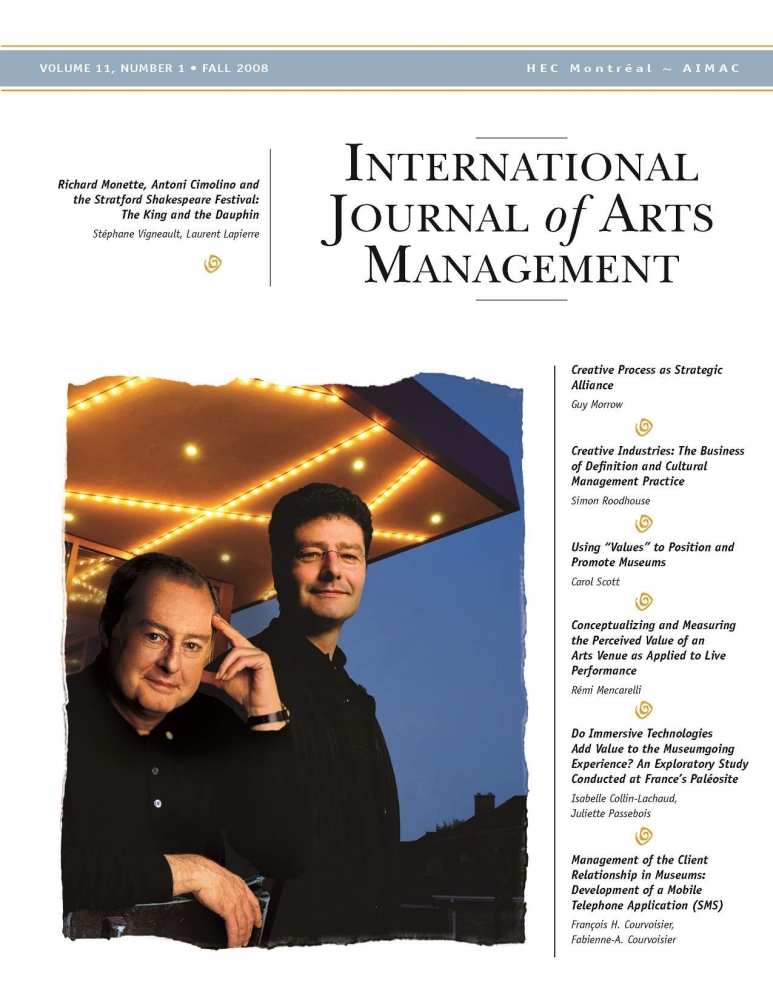IJAM Volume 11 Number 1 (PDF)
Product: Journal
$53.00 CA
EDITOR’S NOTE
With this issue, IJAM embarks upon its second decade of publication. To mark the occasion, we are launching a new section titled Research Note. In the course of preparing previous issues, we have noticed that, while certain manuscripts submitted fell short of the Journal’s criteria for publication as an article, the particular methodology used or the authors’ conceptual discussion warranted broader dissemination for the benefit of researchers in the field. The Research Note co-authored by François H. and Fabienne-A. Courvoisier in this issue is a case in point. We invite all our colleagues to take advantage of this new publishing window whenever the opportunity arises. All contributions to this section will, of course, be peer reviewed to ensure that they meet our standards of quality. Texts must be concise, with a maximum of 2,500 words.
Marketing is once again the dominant theme in this issue. The first article discusses some of the different means available to a small music company seeking to break into the international market. In the case under study, an Australian firm is attempting to enter the British and American markets (Guy Morrow).
For his part, Simon Roodhouse explores the concept of creative industries and considers the factors that led to its emergence. The next article reports the results of museum institutions as perceived by two samples: the museum-going public and managers in the museum sector. Carol Scott discusses the managerial implications of the findings. There follow two contributions dealing with two distinct studies. In the first, Rémi Mencarelli proposes a rating scale to measure the concept of value as perceived in relation to cultural institutions. In the second, Isabelle Collin-Lachaud and Juliette Passebois discuss the role of immersive technologies in enhancing the visitor experience.
Finally, in the Company Profile, Stéphane Vigneault and Laurent Lapierre describe the artistic direction of Canada’s Stratford Shakespeare Festival under Richard Monette. This case also illustrates a fruitful partnership between the artistic director and the administrative director of an arts organization.
Happy reading!
François Colbert
Editor
